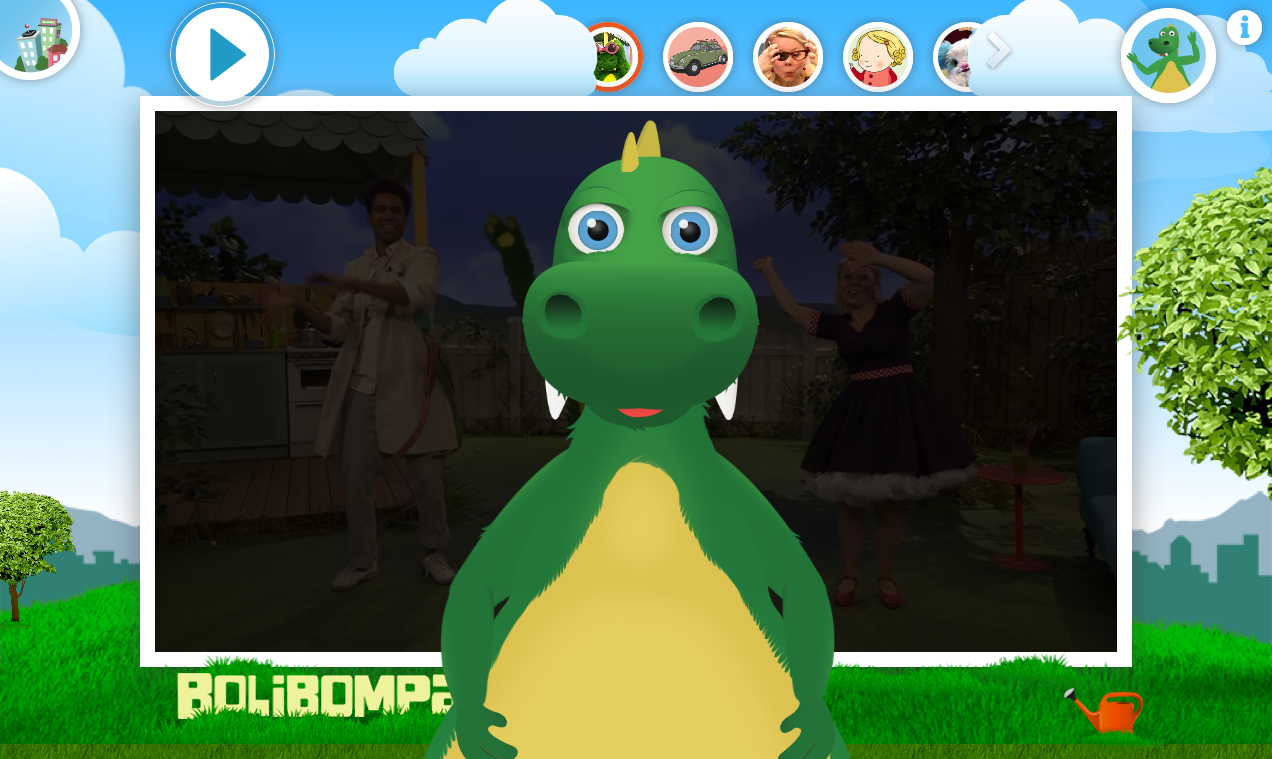Language divides reality and can never present the whole, real X (with X being any man-made or natural object or system). Language also categorize and, together with culture, formalize the categories, thus making it difficult to discovery new ways of categorizing the world.
A design problem, as stated previously, is the gap that exists between a object/system and it’s context. The gap exists because a number of problems, misfits, exist. Eliminating the misfits will close the gap and thus produce an artefact that fits it’s context.
Design problems, when presented to me, are in some more or less significant way not already solved. If a good solution to a problem existed, I would not be needed. This means that my solution needs to be innovative and thus the formalized categories created by language will be a hindrance. I need a method that actively opposes categorization.
In my method, as described in an other blog post and heavily influenced by C. Alexander, I work hard to avoid labeling the groups of misfits during the analysis phase. The problem, of cause, is that any label I apply will be the name of a preexisting category and, since the category name is an abstract simplification of the object/system it represents, associating the name with my group of misfits will, almost unconsciously, limit my imagination both when reevaluating and reorganizing the groups and when finding patterns that solve each group’s misfits.
So, once the tree of misfit groups has been laid out, the pattern work begin. Each group, starting at the level with the smallest groups, is matched with one or more patterns that solve the misfits in the group. The patterns are often illustrated with a functional diagram and might also be accompanied by a label and a description, but the most important part is to clearly show which misfits the diagram solve. This means that the pattern and the misfits are the key deliverables from the process, rather then labels/categories.
When working with the method my goal is to find suitable patterns that, when combined, solve the misfits between a design problem and it’s context. The patterns can be new or previously described (for example the book Designing Web Interfaces contain fantastic IxD patterns). A newfound pattern, I.E. an original solution to a group of misfits, can be said to be an invention. However, whether the pattern is new or “old” does not matter as long as the pattern is a good fit. I.E. on the pattern level there is no value in innovation itself, any inventions that happen to be created are a mere by-product.
When the groups on the lowest level each have one or more patterns associated with them, the patterns are combined, from the bottom up, to create the complete solution to the design problem. Since I strive to avoid formalized, pre-existing categories in my analysis, the solution will most likely both fit the context of use and be innovative.

